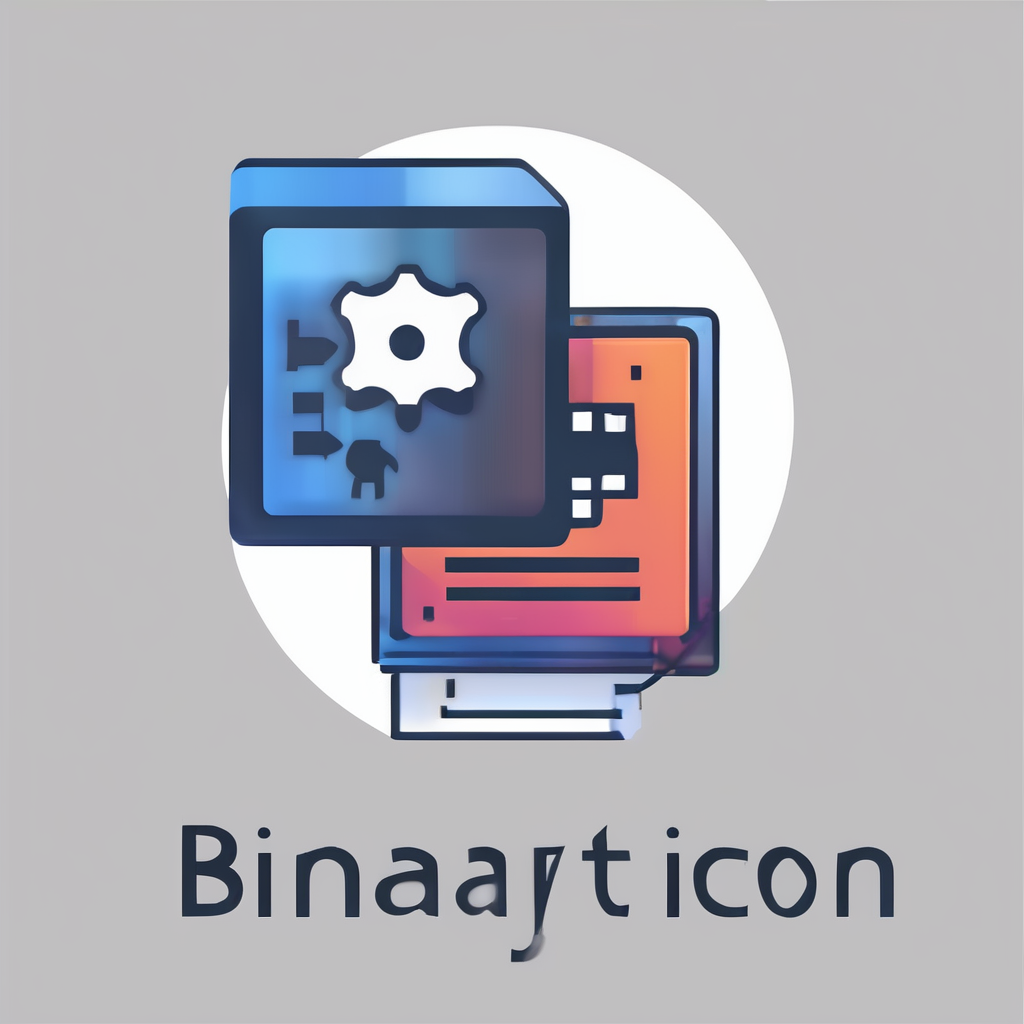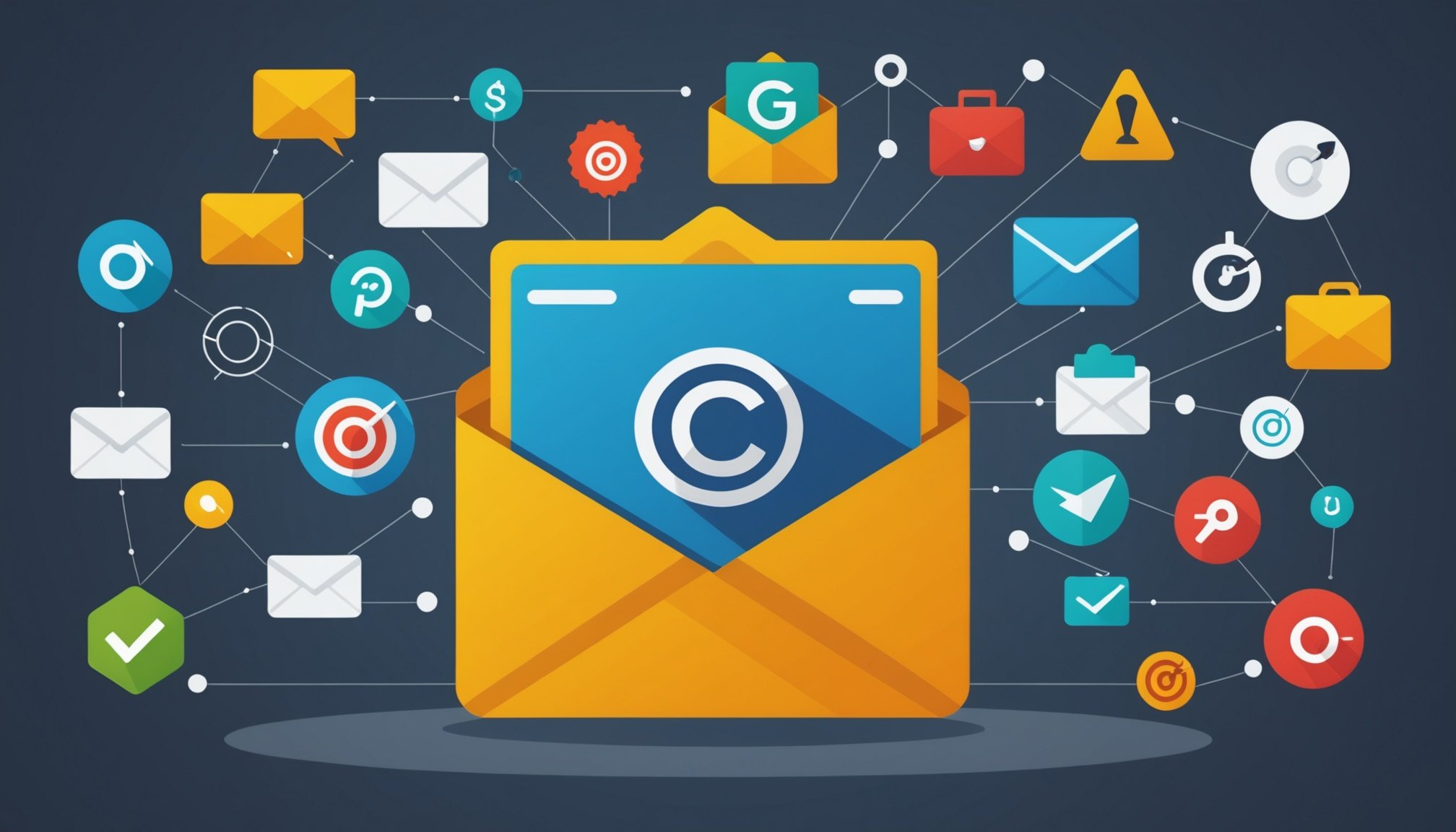Understanding Phishing Threats
Phishing represents a significant risk in the digital landscape, affecting both individuals and organizations. A comprehensive understanding of phishing threats reveals their complex evolution. Initially, phishing attacks were simplistic, often manifesting as deceptive emails intended to trick users into divulging sensitive information. Over time, these threats have become increasingly sophisticated, employing advanced techniques to evade detection.
Common phishing strategies include spear phishing, which targets specific individuals or groups, often with highly convincing messages. Another prevalent method is the use of malicious links or attachments, crafted to appear legitimate to the unsuspecting email user. These tactics exploit vulnerabilities in email security frameworks and capitalize on lower levels of threat awareness among recipients.
Also to discover : Comprehensive blueprint for establishing secure ssh access via public key authentication on your linux server
The consequences of successful phishing attacks can be devastating, leading to financial loss, compromise of personal data, and significant reputational damage. Organizations, in particular, may suffer from breaches of confidential information, leading to operational and compliance challenges.
To combat phishing threats, a multi-faceted approach is essential. This includes implementing advanced email security measures, increasing threat awareness through targeted training, and employing robust incident response protocols. By understanding and addressing these risks, individuals and institutions can significantly reduce their vulnerability to phishing attacks.
In parallel : Essential guide to configuring kong api gateway for secure microservices architecture: a comprehensive walkthrough
Assessing Current Email Security Protocols
In the face of growing phishing threats, evaluating and enhancing current security protocols is more crucial than ever. An essential tool in this defensive arsenal is the Email Gateway Assessment. This process involves scrutinising the components that constitute a robust email security system to identify potential weaknesses. A comprehensive vulnerability analysis allows organizations to detect areas susceptible to phishing attacks, potentially preventing significant breaches.
An effective email security protocol includes layers such as spam filters, malware detection systems, and robust encryption methods. These elements work collaboratively to safeguard against threats. However, the ever-evolving nature of phishing techniques necessitates continuous assessment and refinement of these systems.
Several tools and methodologies are employed for conducting vulnerability analysis. Automated testing tools simulate phishing scenarios, identifying how well an organization’s security measures hold up against sophisticated attacks. Additionally, employing penetration testing through controlled attacks can further unearth security gaps.
Ultimately, a meticulous examination of existing email gateways is essential for proactively strengthening defenses. By regularly updating and refining email security protocols, institutions can mitigate risks, reinforcing their resilience against the potentially catastrophic outcomes of phishing threats. Enhanced threat awareness ensures preparedness in an unpredictable digital landscape.
Implementing SPF, DKIM, and DMARC
To enhance email authentication and bolster security against phishing, implementing SPF, DKIM, and DMARC is essential. These protocols work in tandem to verify sender identity, thus reducing the risk of email spoofing.
SPF, or Sender Policy Framework, allows domain owners to specify which mail servers are permitted to send emails on their behalf. To set up SPF, list the authorized IP addresses in your domain’s DNS records. DKIM, or DomainKeys Identified Mail, adds a digital signature to emails, verifying the sender’s domains integrity. Implementation involves generating a public-private cryptographic key pair, with the public key in the DNS records.
Finally, DMARC, Domain-based Message Authentication Reporting and Conformance, utilizes both SPF and DKIM results to determine an email’s legitimacy. To implement DMARC, create a policy that defines how to handle unauthenticated emails, whether to reject, quarantine, or monitor them.
Ensure you regularly monitor these records, as maintaining their accuracy is vital for ongoing protection. Periodic updates and audits will help maintain a strong email authentication framework, ensuring organizational email communications’ security and reliability. This layered approach significantly reduces phishing risks, providing a robust defense in the digital communication landscape.
Leveraging Advanced Threat Protection Technologies
In the fight against phishing, Advanced Threat Protection solutions stand as a critical safeguard. These sophisticated technologies enhance email security through cutting-edge methods. A pivotal element of these solutions involves leveraging AI and machine learning to detect and thwart phishing attempts. These tools analyze patterns in email communications, identifying irregularities indicative of phishing. This capacity to learn and adapt provides a robust defense against ever-changing threats.
Malware detection is another vital component, providing an additional layer of protection by filtering out harmful attachments and links before they reach users. Combining machine learning with traditional security protocols fortifies defenses against phishing attempts.
Organizations seeking to reinforce their email security can look to numerous case studies showcasing the successful deployment of advanced threat technologies. One example is a multinational firm that reduced phishing incidents by 40% within months of integrating these solutions. Implementations like these highlight the tangible benefits of investing in advanced threat protection technologies. By adopting these cutting-edge solutions, companies can reduce the burden of email security threats and increase their overall resilience in a constantly evolving digital landscape.
Employee Training and Awareness Programs
In the battle against phishing, employee training plays a pivotal role. Well-designed cybersecurity training programs elevate employees’ abilities to recognize and thwart potential phishing threats. Employees become the first line of defense, with their heightened awareness acting as a crucial barrier against breaches.
Designing effective training programs involves ensuring content is engaging, relevant, and tailored to the varying knowledge levels within an organization. Courses should cover the basics of phishing, illustrate common scams, and highlight specific red flags that indicate potential threats. Incorporating real-world examples increases the practicality and impact of learning.
To enhance awareness and response capabilities, simulate phishing scenarios. These simulations provide invaluable insights into employee preparedness by mimicking phishing attacks in a controlled setting. Organizations can then evaluate the outcomes and identify areas for improvement.
The benefits of ongoing training extend beyond immediate threat prevention. As employees’ cybersecurity awareness grows, they contribute to a culture of vigilance and continuous improvement. This proactive approach significantly reduces vulnerabilities, enabling a more responsive security posture. Building this culture requires consistent engagement and open communication, ensuring every team member understands their role in maintaining robust defense mechanisms.
Regularly Updating Security Measures
In the continuously evolving landscape of email security, regularly updating security measures is paramount. Security updates and consistent patch management protect systems from vulnerabilities exploited by phishing attacks. Neglecting updates gives cybercriminals an edge, as outdated systems are more susceptible to breaches.
Maintaining email gateway maintenance involves systematic checks and installations of updates for antivirus software, spam filters, and firewalls. Ensure these checks are performed weekly to catch any missed updates swiftly. Keep firewall policies aligned with the latest security protocols to effectively filter out malicious emails.
For efficient patch management, prioritize patches based on criticality, deploying essential updates immediately. Applying patches to all system components reinforces your defenses, closing potential attack vectors. Automated patch management tools can facilitate this process, reducing the chance of human error and oversight.
In terms of tools, utilize platforms like Microsoft’s Windows Update or Linux’s Apt-Get for tracking necessary updates. These tools offer centralized solutions for maintaining an up-to-date environment. By establishing a structured schedule and employing reliable tools, organizations can ensure ongoing protection against phishing threats, cementing a resilient security posture. Prioritizing security updates consistently reinforces your defense against the ever-changing tactics of cyber attackers.
Collaborating with Security Frameworks
Navigating the intricate web of security frameworks can bolster an organization’s email security measures. Frameworks like NIST, ISO/IEC 27001, and GDPR play pivotal roles in shaping how organizations manage their email security strategies. Understanding the nuances of these frameworks begins by exploring their guidelines, which aid in crafting robust security protocols and policies.
Integration of framework guidelines into email strategies involves aligning existing security measures with these standards. Organizations must conduct a gap analysis, identifying discrepancies between current practices and framework requirements. Closing these gaps ensures a stronger defense against email threats, enhancing both security posture and operational efficiency.
Adhering to compliance with recognized security standards isn’t merely about meeting regulations; it also delivers tangible benefits. Compliance builds trust with clients by demonstrating a commitment to protecting sensitive information. Furthermore, it minimizes legal risks and potential penalties associated with data breaches.
For optimal compliance, employ tools that monitor adherence to these security frameworks regularly. Regular audits and adjustments ensure continuous alignment with evolving standards. In conclusion, framework integration into email security strategies not only fortifies defenses but also underscores an organization’s dedication to maintaining high levels of information security and operational integrity.










